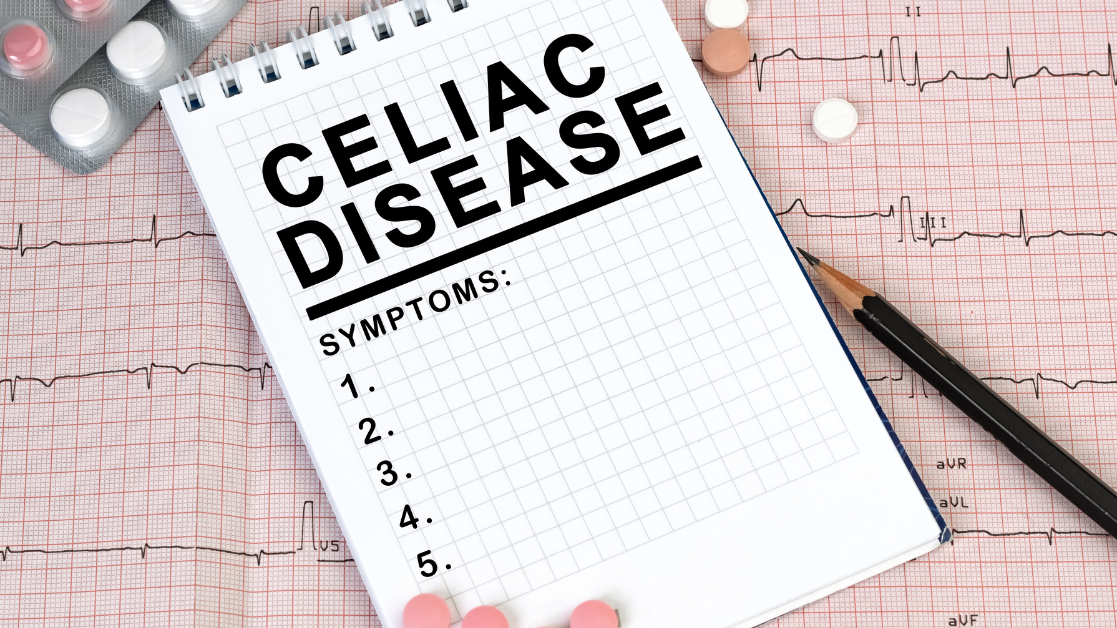Drugs for Celiac Disease May Be on the Horizon

The only safe and effective treatment for celiac disease is to avoid food and drinks that contain gluten, a protein found naturally in wheat, barley, and rye.
But that’s easier said than done: Gluten is everywhere.
Not only is gluten found in obvious places—pasta, bread, and beer—it can hide in candy bars, tortillas, and soy sauce. The sheer ubiquity of gluten in the world means that a truly gluten-free diet is nearly impossible to achieve.
“A gluten-free diet is by no means a cure-all,” says Benjamin Lebwohl, MD, director of clinical research at the Celiac Disease Center at Columbia University and associate professor of medicine at the Vagelos College of Physicians and Surgeons and of epidemiology at the Mailman School of Public Health.
“When surveyed, about 20% of people with celiac disease will tell you that they don’t feel well at that moment, and the most common reason is recent inadvertent gluten exposure,” says Lebwohl. Adhering to a strict gluten-free diet also comes with social costs, particularly when eating out and traveling.
“For these reasons, many companies and researchers are looking for drugs to treat celiac disease in addition to—or instead of—the gluten-free diet.”
What is Celiac Disease?
Celiac disease, a chronic digestive and immune disorder triggered by ingesting gluten affect an estimated nearly one in 100 people worldwide. In the United States, approximately 2 million individuals—many of whose condition remains undiagnosed—are thought to live with celiac disease.
Drug therapy
In the past decade, the landscape of drug therapy for celiac disease has evolved from a mere concept to more than a dozen candidate medications in trials with patients.
Some of the candidates work by preventing the consequences of accidental gluten exposure.
For example, latiglutenase is taken with meals and contains enzymes that break down gluten in the stomach, rendering the protein non-toxic to patients with celiac disease. Larazotide, on the other hand, works by protecting the inner lining of the small intestine from components of gluten that pass through the gastrointestinal tract. Lastly, a yet-unnamed drug known as PRG-015 is meant to dampen the body’s inflammatory response upon exposure to small amounts of gluten. All three of these compounds are being tested in ongoing clinical trials at Columbia.
The second category of drugs attempts to re-educate the patient’s immune system so it no longer reacts to gluten. Volunteers at Columbia recently took part in an early phase study of KAN-101, a therapy that administers small fragments of gluten to people with celiac disease, packaged in a way to promote tolerance. If found to be effective, this category of medication may allow people with celiac disease to eat gluten without harmful consequences.
Columbia’s Celiac Disease Center has an active clinical research program that is recruiting volunteers to participate in several trials for these potential treatments. “None of this progress would be possible without dedicated patient volunteers who are motivated to participate in clinical trials,” Lebwohl says. “Our goal is to have a diversity of trials so that we can be at the forefront of the most promising therapies for celiac disease.”
Lebwohl feels optimistic that clinical trials could lead to the approval of at least one of these candidate drugs within the next decade.
“The number of drugs in development and the variety of mechanisms make it likely that one of these approaches will allow for a safe and effective non-dietary therapy to emerge.
Source: https://www.cuimc.columbia.edu/news/drugs-celiac-disease-may-be-horizon
 MY JOURNEY
MY JOURNEY About Me
About Me Early life
Early life Diagnosis
Diagnosis CELIAC DISEASE
CELIAC DISEASE Symptoms & Diagnosis
Symptoms & Diagnosis Treatment & Follow Up
Treatment & Follow Up GLUTEN - FREE LIVING
GLUTEN - FREE LIVING At Home
At Home At School
At School At Social Events
At Social Events
 Grocery Shopping
Grocery Shopping COMMUNITY OUTREACH
COMMUNITY OUTREACH Gluten Free Meetup
Gluten Free Meetup Workshops
Workshops Webinars
Webinars COVID-19 Camps By Gluten Free Jio
COVID-19 Camps By Gluten Free Jio  Mid Day Meal
Mid Day Meal Beyond Celiac
Beyond Celiac Real Stories of Celiac
Real Stories of Celiac RESOURCES
RESOURCES Restaurant Dining Cards
Restaurant Dining Cards Recipes
Recipes Gluten Free eBook
Gluten Free eBook Gluten Free Jio App
Gluten Free Jio App RECOGNITION
RECOGNITION TRAVEL DIARY
TRAVEL DIARY



